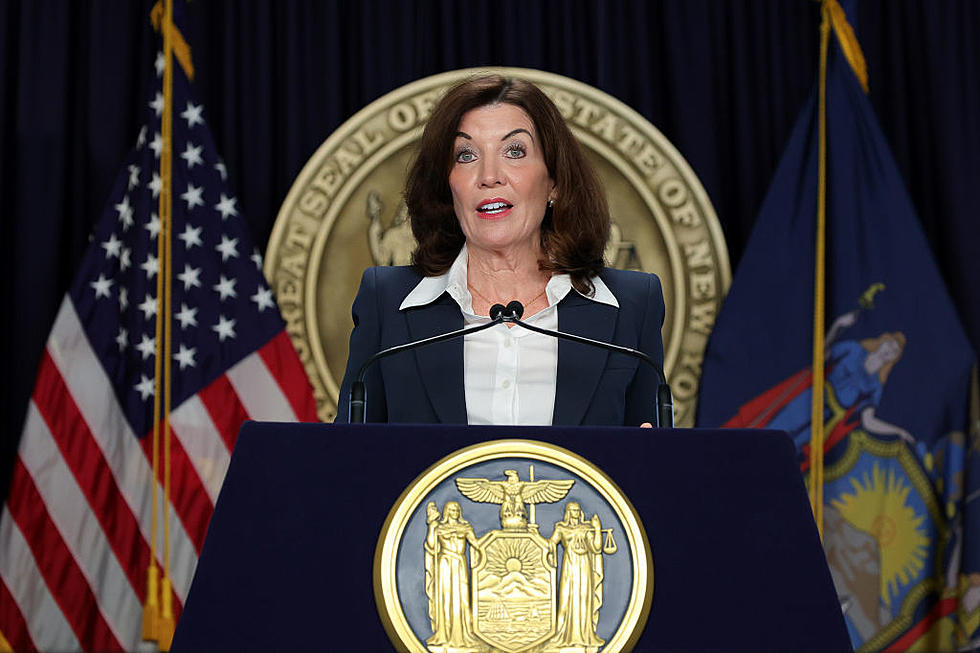
Prolonged Power Problems for Portions of Southern Tier
Snow expected for March 9 only adding to the inconvenience for hundreds of New York State Electric and Gas customers in the Southern Tier who started a second day without electricity.
NYSEG on its website early in the morning reported over 850 residents in Tioga County without power, over 600 in Broome, over 900 in Chenango, 700 in Delaware and a couple in Marathon in Cortland County still without power following the big wind storm overnight Monday.
According to the utility, some of the earliest restoration times were put at late morning into early afternoon March 9 while most other customers in Broome, Chenango and Delaware counties are being told 11 or 11:30 p.m. for electric to be back on.
NYSEG crews had been working to restore tens of thousands of residents who without electricity on Monday night as the line of rain and wind swept through the region
The National Weather Service reported wind gusts at the Binghamton and Elmira Airports at 54 miles per hour with some other areas in the region recording wind gust over 60 miles per hour overnight into March 8. There were also reports of damage to siding and roofs of a few buildings.

There were no injuries reported but downed trees and utilities closed roads or lanes in parts of Broome County as well as State Route 2003 in Springville Township and Church Street in Clifford Township in Susquehanna County. The roads in Susquehanna County were expected to be cleared by 3 p.m. March 8 according to the Pennsylvania Department of Transportation.
Anyone can check outage status reports at the New York State Electric and Gas website, provided they have internet on a device with an internal power supply, at www.nyseg.com.
LOOK: The most expensive weather and climate disasters in recent decades
TIPS: Here's how you can prepare for power outages
More From WNBF News Radio 1290 AM & 92.1 FM









